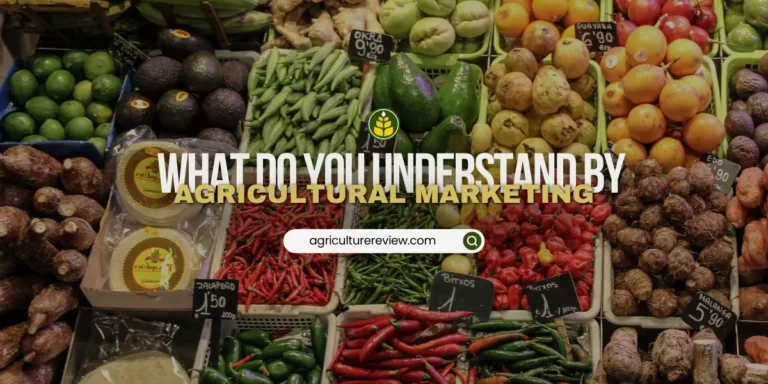The factors influencing agriculture are climate, soil, water availability, nutrients, pests and diseases, topography, technology, market demand, credit access, government policies, etc. However, the major and intrinsic factors that influence farming are climate, soil, topography, water, nutrients, planting material and cultivation technology.
Rest all other factors such as market demand, credit access, government policies, etc. are external factors that also influence agriculture of a region. Let’s understand about effects of each of these factors in detail.
Factors Influencing Agriculture
- Climate: Climatic factors such as temperature, sunshine, moisture, rainfall, etc. affect the growth and survival of crops. For example, cabbage is a cool season crop that requires an average temperature range of 15o-21o Celsius for their growth and survival, while to cultivate bitter gourds, an optimum average temperature range of 24–270 Celsius is considered ideal.
- Soil: The structure, texture, fertility, types of soil, etc. affect the growth of field crops. For example, crops such as sweet corn, okra, radishes, eggplant, carrots, pole beans, etc. grow well in sandy loam soils rich in organic matter while plantation crops such as olive grow well in poor quality, well-drained, sandy or gravelly soil.
- Water Availability: The availability of the water also determines the choice of crops. In arid to semi-arid regions where water is scarce, crops such as millets, barley, cotton, pulses, napier grass, etc. can be grown easily while high water-demanding crops like bottle gourd, rice, sugarcane, etc. may fail in this region.
Moreover, irrigation methods also affect the growth of crops. Drip irrigation is found to be the most efficient way of irrigation in agriculture.
- Nutrients: A continuous supply of essential nutrients in an adequate amount at the appropriate time is essential for optimum growth and development of crops. If the nutrients are not supplied to the soil through organic or inorganic fertilizers and a similar crop is grown continuously on the same field, then yield reduces gradually due to the unavailability of the nutrients in the soil.
- Pests & Diseases: Attack of pests such as mealy bugs, aphids, etc. or an infestation of diseases like powdery mildew, root rot, etc. can affect the growth of crops and hence lead to the reduction of yield. Therefore, it is important to follow effective pests and disease management systems on the farm.
- Topography: It refers to the landforms and features of the region from which we get to know about sun exposure, water drainage, etc. By observing the topography of an area we can determine where waterlogging can occur in the farm or area where crops should be planted, etc.
- Technology: It not only refers to the use of modern farm equipment such as combine harvesters, planters, rotavators, etc. but also involves to method of farming. The use of proper agricultural technologies such as precision agriculture helps in waste management efficiency and overall crop yield.
- Planting Material: The quality of planting materials such as seeds, young seedlings, etc. also affects farming. Sowing poor-quality seeds results in low productivity. Hence, it is always advised to use disease and pest-resistant, high-yielding, treated seeds for the best outcome.
- Market Demand: There is a huge market demand for corn in the United States of America, where it is cultivated on a large scale, but in India, there is not such high demand for corn, here people love consuming rice, which is why rice is cultivated on a wide scale in India.
- Credit Access: In agriculture, to continue any activity such as plantation, irrigation, harvesting, weeding, etc. credit is required. Hence, access to credit plays a vital role in the success of farming.
- Government Policies: The policies of the government such as The Pradhan Mantri Kisan Samman Nidhi, Agriculture Infrastructure Fund, National Beekeeping & Honey Mission (NBHM), etc. play an important role in promoting and developing various sectors of agriculture.
If you have any queries, ideas or suggestions, then please comment below. You can also connect with Agriculture Review on Facebook, Instagram, Koo and WhatsApp Messenger.





